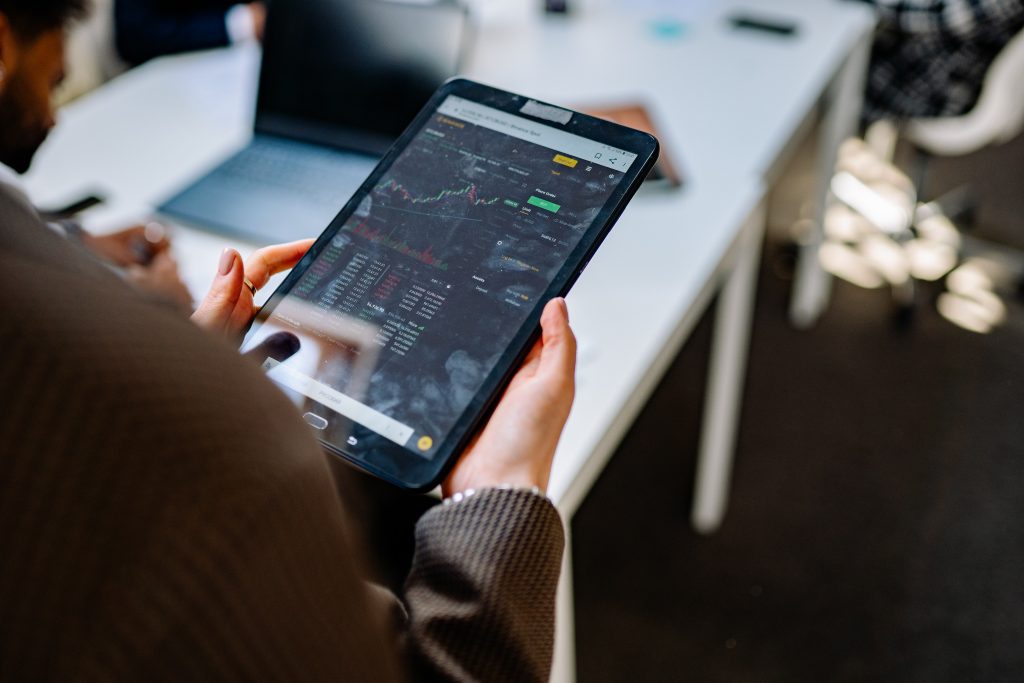Don't miss our holiday offer - 20% OFF!

Read also : Electrical Sensors Enhancing Energy Efficiency and Cost Savings
In this ever-evolving digital era, the Trade Department faces new challenges in operating more efficiently. Internet of Things (IoT) sensors have emerged as an innovative solution that can assist trade departments in optimizing their operations. This article delves into IoT sensor applications in trade departments, emphasizing efficiency through case studies and potential uses.
Contents
IoT Sensors: What They Are and Why They Matter
IoT sensors, connected to the internet, collect data from their surroundings. They can measure various parameters such as temperature, humidity, light, presence, and more. In trade departments, IoT sensors offer valuable insights for data-driven decisions.
The importance of IoT sensors in trade departments is due to their role in:
Real-Time Monitoring

Read also : Utilizing IoT in Flood Monitoring and Early Warning Systems
IoT sensors enable trade departments to monitor market conditions and the business environment in real-time. With real-time data, they can quickly respond to changes as they happen.
Route and Logistics Optimization

Read also : Optimizing Energy and Resource Usage in the Office Environment with Smart Technology
IoT sensors help monitor and optimize the movement of goods and services. Precise monitoring allows for more efficient delivery arrangements, saving time and costs.
Security and Surveillance

Read also : Security and Preparedness Enhanced by Smart EWS Technology
IoT sensors also enhance security, both for products and services. They aid in early issue detection and preventive actions.
Data Analysis

Read also : Managing Humidity: Sensor’s Role in Electric Motor Health
Data collected by IoT sensors can be used to analyze trends and patterns. This assists trade departments in making better decisions and planning for the future.
Case Study: Implementing IoT Sensors in XYZ City’s Trade Department
To illustrate the potential application of IoT sensors in trade departments, we’ll examine a case study in XYZ City. The city’s Trade Department has installed IoT sensors at strategic points throughout traditional markets and shopping centers. The data collected by these sensors is used to understand consumer behavior, manage inventory, and monitor vendor presence.
The results of implementing IoT sensors have been impressive. They have reduced congestion in markets, increased product availability, and enhanced the shopping experience. The Trade Department has been able to take proactive steps based on real-time data from these IoT sensors.
Potential Applications of IoT Sensors in Trade Departments
The potential applications of IoT sensors in trade departments are vast, including:
Inventory Management

Read also : Enhancing Flood Management with Camera Sensors and Imagery
IoT sensors can help monitor stock and send alerts when inventory runs low.
Customer Analytics

Read also : Optimizing Energy and Resource Usage in the Office Environment with Smart Technology
Data from IoT sensors can be used to understand customer behavior and personalize their experiences.
Sanitation Monitoring

Read also : The Vital Role of IoT Sensors in Smart City Development
IoT sensors can be used to monitor cleanliness and security in trade centers.
Product Quality Monitoring

Read also : Precision Energy Quality Monitoring: How Energy Quality Sensors Support Electric Motor Health
IoT sensors can be used to monitor temperature and humidity, crucial for specific products like food.
Conclusion
IoT sensors are transformative tools for how trade departments operate. They provide the ability to make accurate, real-time decisions, ultimately improving efficiency and the quality of services offered. The case study in XYZ City demonstrates the efficiency of IoT sensors in enhancing trade department operations. As technology continues to evolve, trade departments worldwide should consider the implementation of IoT sensors in their strategies. This way, they can adapt to the ever-changing trade landscape and provide the best services to their communities.





